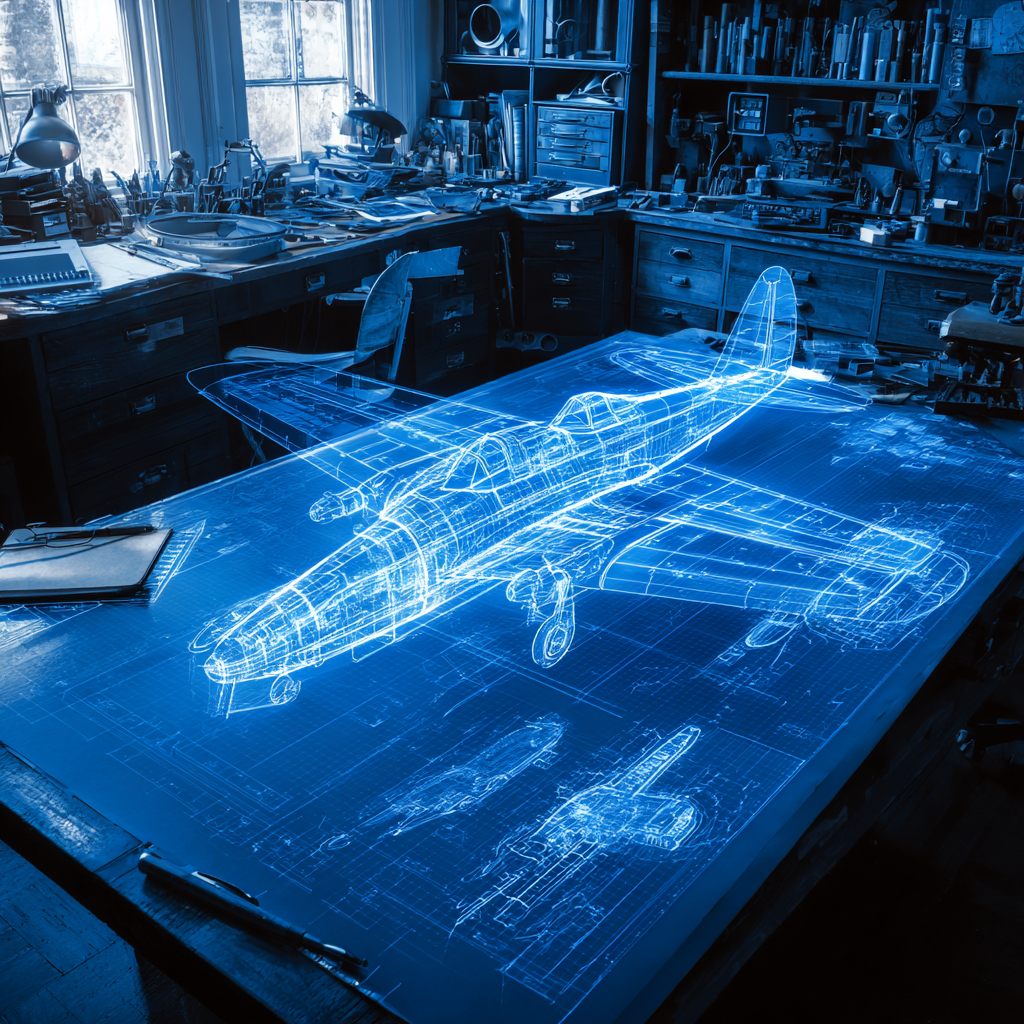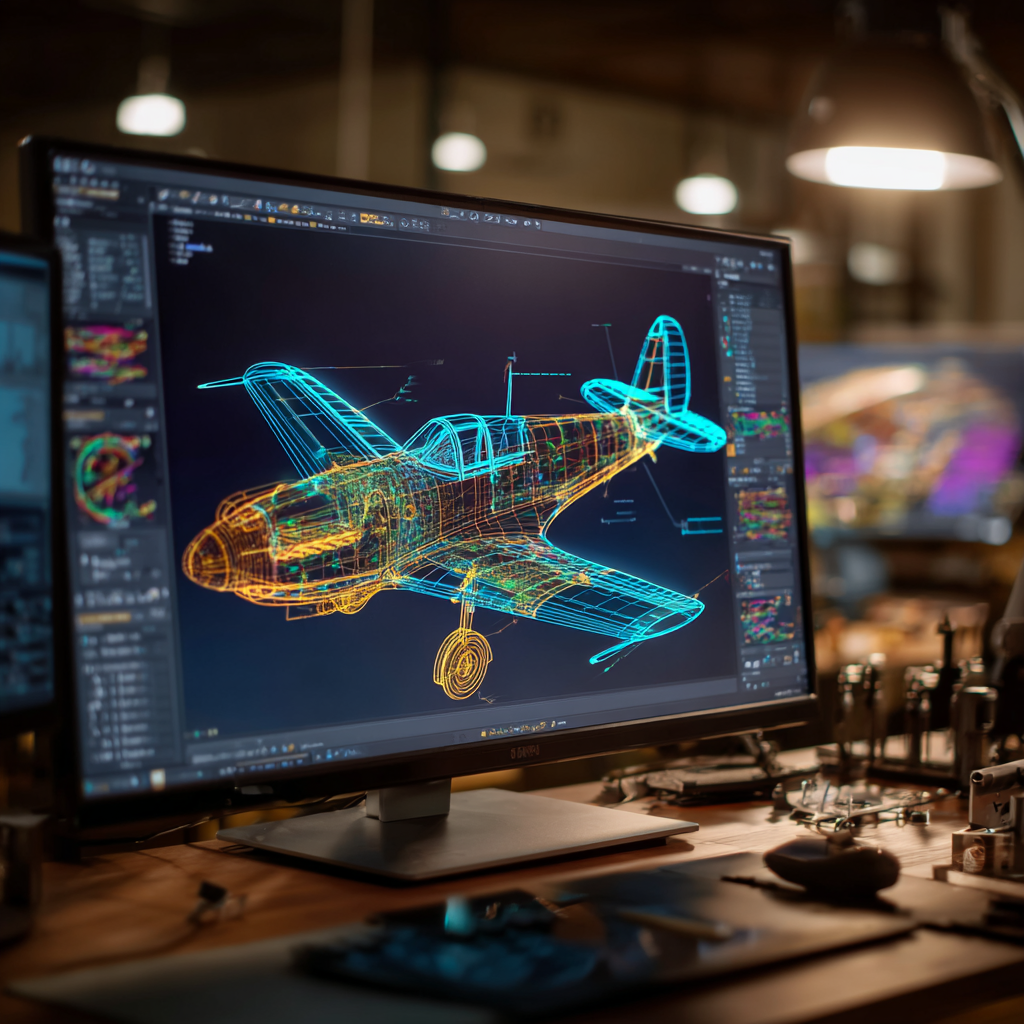How CAD (Computer-Aided-Design) has evolved Over the Years


Using computers to facilitate or assist design has existed since the mid-1900s. The term “Computer-Aided Design” (CAD) was born in the 1950s and credited to Douglas Ross, who worked at MIT when the abbreviation was coined.
In this blog, we take you through a brief journey on how CAD has evolved over the years.
Evolution of Designing and CAD Materials
1943: The first universal computer was developed in 1943 thanks to the joint efforts of US Army and Moore Electrical Engineering School of the University of Pennsylvania. He was appointed as ENIAC (Electronic Numerical Integrator and Computer) and was used mainly to calculate ballistics of US Army artillery shots.
1953: The first graphics that formed mathematical equations occurred about ten years later and related to the use of the machine’s CNC and cutting tool. These first CNC machines translate the time and location inputs (x, y, z coordinates) to make cuts into common shapes and forms (the first “diagrams”).
1964: At the beginning of the 1960s, the first commercially available CAD systems were introduced. It was firstly used by large aerospace, engineerings, and information technology companies such as Lockheed, General Motors, and IBM. One of the first graphics cards on the computer, “CAD-1”, was released in 1963 as part of the two companies mentioned above (GM and IBM). GM revealed the technology in 1964 and used it for nearly a decade until it was eventually replaced by a higher iteration.
Evolution in CAD Software
1963: CAD made a big step by introducing SKETCHPAD in 1963 by Ivan Sutherland, who later worked at MIT. Also known as “Robot Draftsman”, Sketchpad was a new step forward in human-machine interaction and was a breakthrough in computer graphics in general. The most important advances are the introduction of a graphical user interface. The GUIA graphical interface allows users to interact with the computer through visual aids (icons). This contradicts the more traditional computer interaction method with text and object-oriented programming.
1971: The introduction of Automated Drafting and Machining (ADAM) is another important step forward. ADAM is a CAD system designed by Dr. Patrick J. Hanratty, whose enterprise, manufacturing and consulting services (MCS) provided software for large companies such as McDonnell Douglas and Computervision.
1970: 3D CAD was introduced for the first time in the 1970s, but not widely spread. At that time most of the design was still on pen and paper.
1980: Solid modeling is a major development in CAD in the 1980s. Major software sales are the famous 2D system, known as “AutoCAD”.
From the 1990s to present: SOLIDWORKS, an updated version currently being used by us, CAD / CAM Services, Inc., was introduced for the first time in the 1990s.
Recent Posts


Tips for Picking the Perfect 3D CAD Viewer for Your Needs
This guide will teach you about 3D CAD viewers and outline considerations to make before picking the right one. We review 5 options and pick a clear winner.

In this guide, you’ll learn how CAD/CAM Services can save you time and money during each digitization project. Digitization can make manufacturing faster than ever before.

How to Build an Aircraft Model by Converting 3D-Scanned STL Files into Functional 3D STEP Files
This in-depth guide will teach engineers how to use 3D-scanned aircraft files and transform them into manufacturable 3D STEP files with fewer mistakes.
